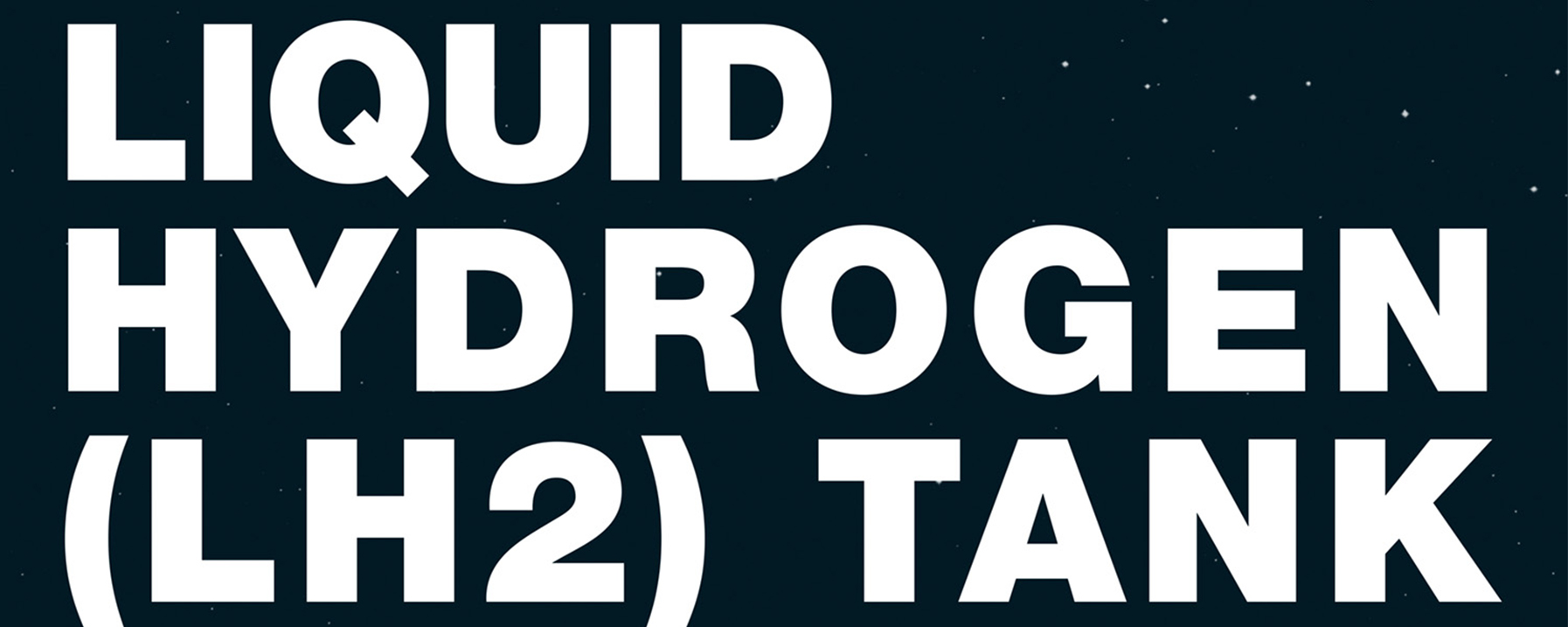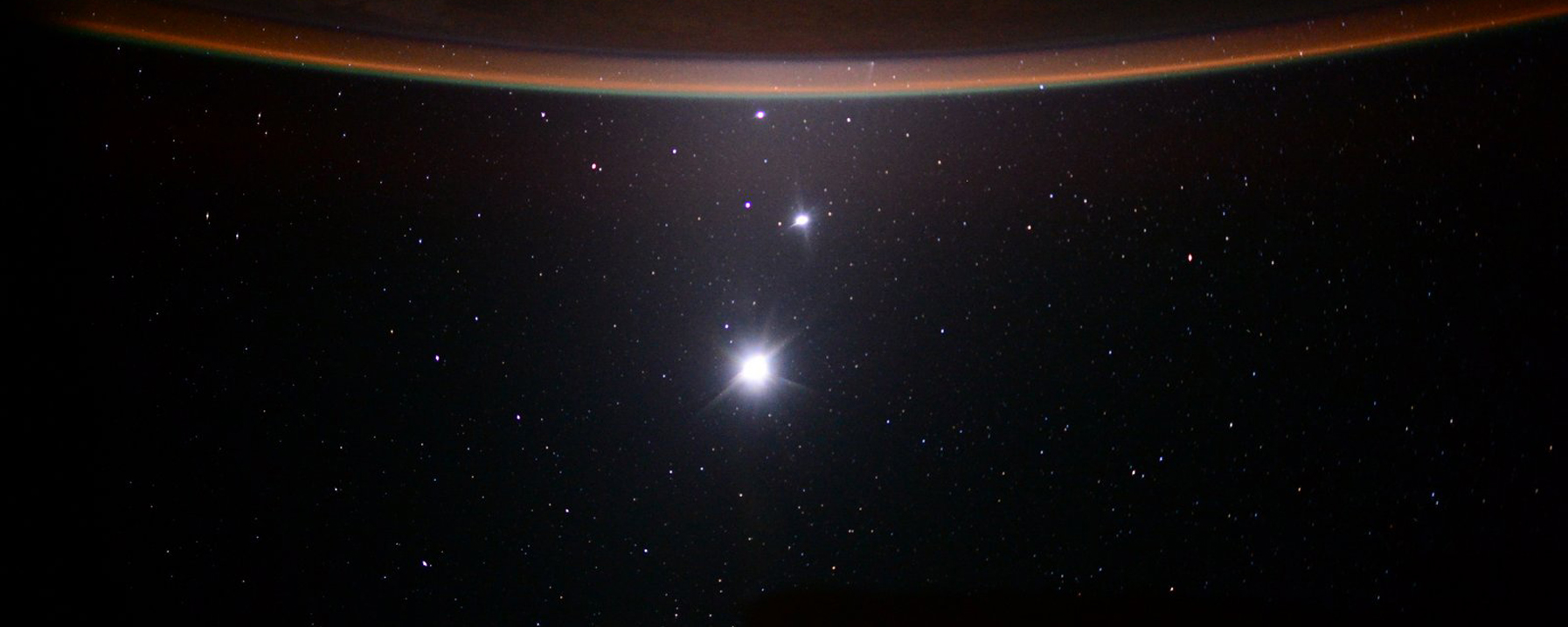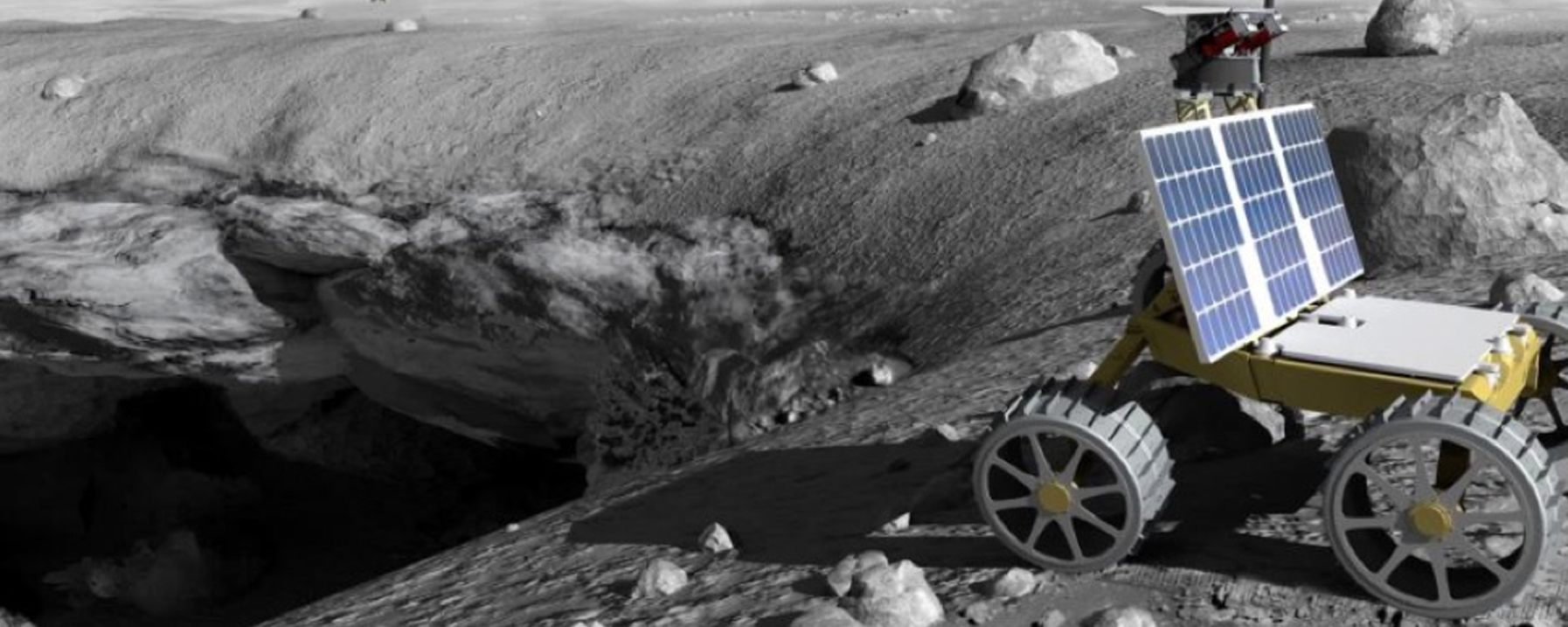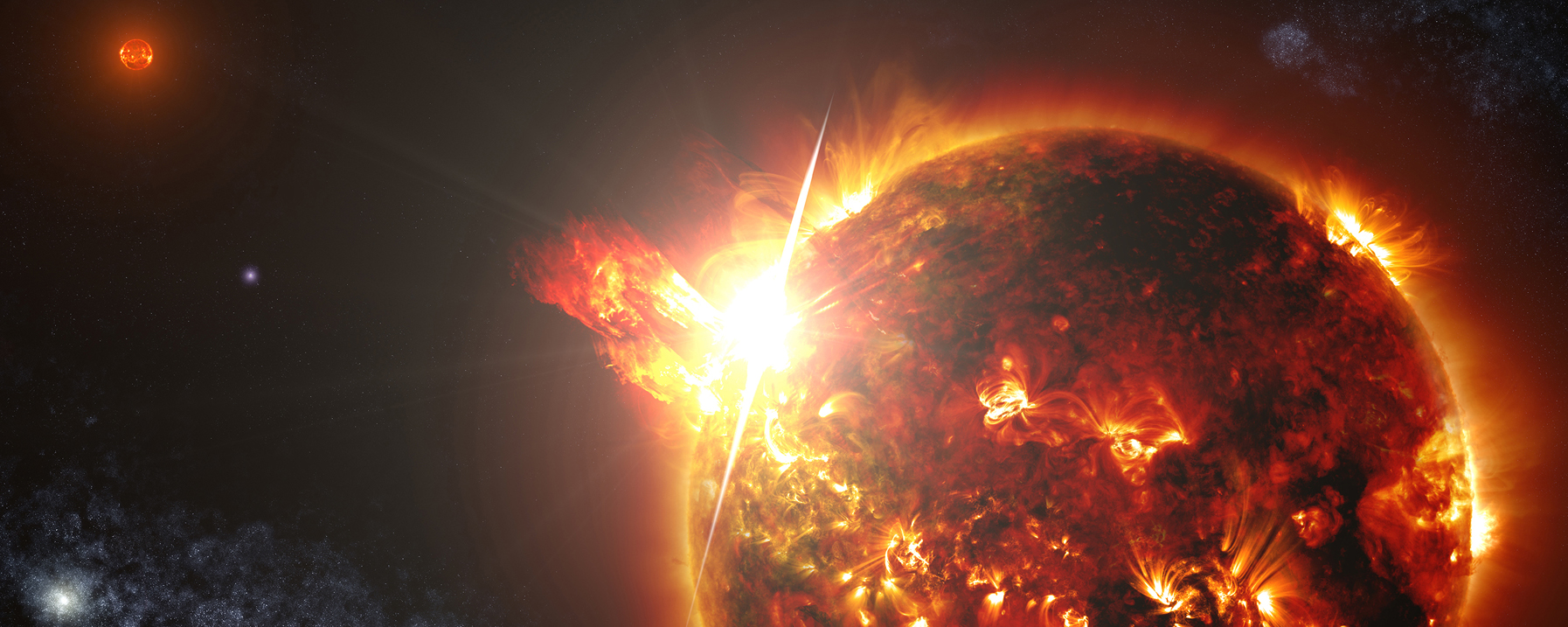Structural Testing of the World’s Largest Rocket Stage
On June 11, technicians at NASA’s Marshall Space Flight Center started structural testing on the liquid hydrogen tank, the largest piece of structural test hardware for NASA’s Space Launch System core stage. These tests, along with other core stage testing, will help ensure the success of the first and subsequent flights of the SLS and Orion spacecraft.
Station Biomedical and Behavioral Studies Informing Future Missions
The Expedition 59 crew on board the International Space Station collected blood and breath samples on June 12 to test new biomedical gear and protect future astronauts going to the Moon and Mars. The orbital residents also participated in a pair of behavioral studies aboard the station.
NASA Invests in Tech Concepts Aimed at Exploring Lunar Craters, Mining Asteroids
Robotically surveying lunar craters in record time and mining resources in space could help NASA establish a sustained human presence at the Moon – part of the agency’s broader Moon to Mars exploration approach. Two mission concepts to explore these capabilities have been selected as the first-ever Phase III studies within the NASA Innovative Advanced Concepts program.
Chandra Detects a Coronal Mass Ejection From Another Star
This illustration depicts a coronal mass ejection which involves a large-scale expulsion of material, and have frequently been observed on our Sun. A new study using the Chandra X-ray Observatory detected a coronal mass ejection from a star other than our own for the first time, providing a novel insight into these powerful phenomena. As the name implies, these events occur in the corona, which is the outer atmosphere of a star.
For more information or to learn about other happenings at NASA’s Marshall Space Flight Center, visit NASA Marshall. For past issues of the ICYMI newsletter, click here.






























